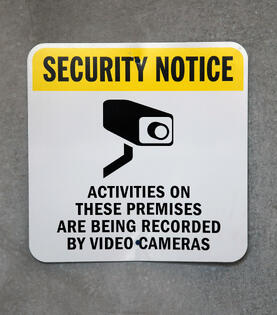DAN CONRAD
Vice President, CC&N [Guest blogger]
How often do you find yourself saying “if only I would have known that was going to happen.” Rather than reacting to a situation after it’s become a crisis, it’s better to catch the problem early or, better still, prevent it entirely. 
But this is easier said than done. Big problems usually start small; a tiny droplet of water becomes a steady drip, then the drip becomes a stream, then the stream grows into a torrent. A small amount of gas accumulates to dangerous levels. Heat or humidity in a controlled environment creeps up steadily until it exceeds safe thresholds and damages expensive hardware. Whatever the problem, things rarely go from perfect to terrible in one immediate step.
What if you could know about a problem before it has a chance to grow out of control and cause damage?
Remote monitoring can be a lifesaver in situations like these. It can be hard to determine what is worth monitoring, but the simple answer is to monitor the things that are mission critical - that, should they fail, could have a significant impact on your business.
There are three core kinds of monitoring. These are:
- Security - ensuring intrusion or tampering doesn’t occur
- Environmental – maintaining conditions within certain perimeters (dry, warm, cold, free of fumes, etc.)
- Performance - ensuring a system is performing at a certain level
Stopping a problem before it has time to accumulate can avert a disaster. Early detection and saves time, money, and loss, and keeps your business and employees safe.
Advancements in technology have increased the range of monitoring capabilities and lowered the costs. The increased availability of high speed data communications has made it easier [and cheaper] to respond quickly to any problems.
.png?width=69&height=53&name=Acrisure%20Logo%20(White%20Horizontal).png)

![[Download the Whitepaper] Managing People Risk: The Human Side of the Equation](https://no-cache.hubspot.com/cta/default/38664/3eaeb6c7-ca01-4404-bcb6-03d2a2c04c16.png)
